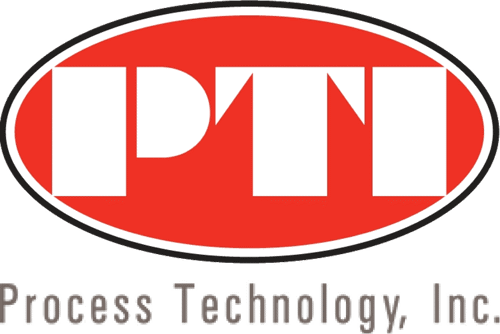Description
The Wireless Ultrasonic Sensor Node is ideal for indoor parking applications.
Using sound waves to detect objects, it can be mounted directly on the ceiling of a parking garage to identify the presence of a car in the parking space below.
The integrated D-cell battery reduces the cost of installation by eliminating the need to run wires and conduit.
Features- Available in D-cell battery or MultiHop Architecture.
- Ultrasonic sensor detects objects up to 4 m away.
- Designed with temperature compensation via on-board temperature measurement.
- FlexPower technology driven by a single, primary lithium battery integrated into the housing.
- Frequency Hopping Spread Spectrum (FHSS) technology and Time Division Multiple Access (TDMA) RF communication and control architectures combine to ensure reliable data delivery within the unlicensed Industrial, Scientific, and Medical (ISM) frequency bands.
- Transceivers provide two-way communication between the Gateway and Node, including fully acknowledged data transmission.
- RF links are validated and if lost, relevant outputs can be set to user-defined conditions.
- Housing contains the battery, sensor, and antenna for a complete, robust wireless solution – IP67, NEMA 6.

